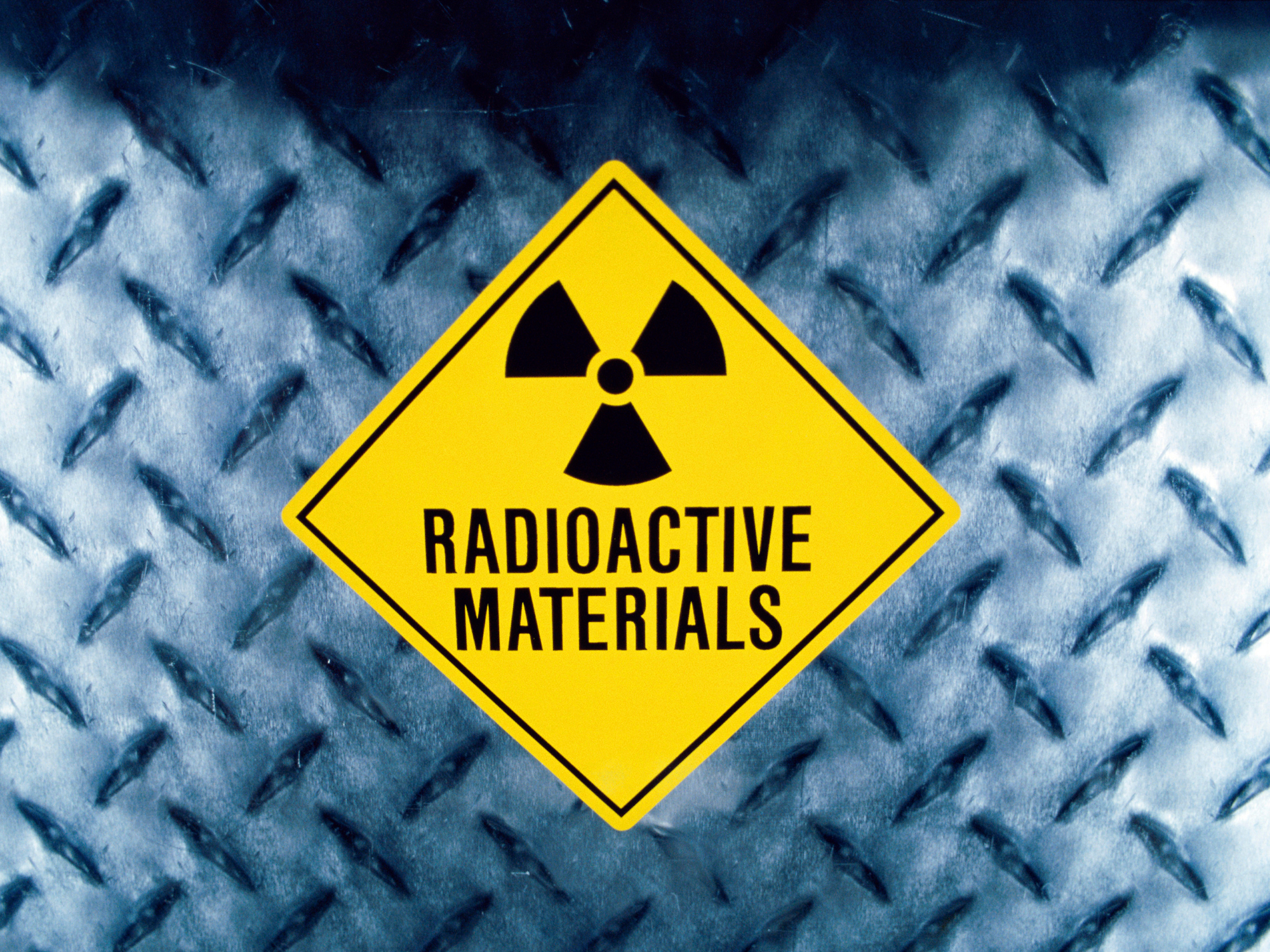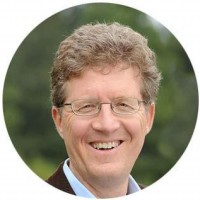Get Easy Health Digest™ in your inbox and don’t miss a thing when you subscribe today. Plus, get the free bonus report, Mother Nature’s Tips, Tricks and Remedies for Cholesterol, Blood Pressure & Blood Sugar as my way of saying welcome to the community!
Radiation: The toxic threat not so easy to avoid

The 19th Century physician Rudolf Virchow, considered the father of modern pathology, once noted that “All diseases are disturbances at the cellular level.”
He was right but may not have gone far enough. In this age of molecular biology and genomic sequencing, we have progressed to an even deeper scale… realizing that many diseases are caused by disturbances at the DNA level.
While many people inherit dangerous mutations, the majority of genomic variations come during a person’s lifetime. They may happen randomly. The cells in your body divide trillions of times, and sometimes there’s a DNA copying error that does not get corrected.
However, quite often, the problem is our external environment.
We live in a chemical and electromagnetic stew: pollution, pesticides, Wi-Fi, cell phones — the list goes on and on. We may shrug off these issues — but unfortunately our cells do not.
These chemical and electromagnetic forces sometimes start a chain reaction that can negatively impact cellular health. For example, recent studies have shown that ionizing radiation from airplanes, CT scans and other sources can induce molecular changes in the brain that resemble Alzheimer’s developments.
While researchers continue to make inroads in understanding short and long term impacts, and controversies abound, it’s best to protect ourselves by taking a proactive approach.
The pros and cons of oxidation
Oxidation is common — take rust for example. But it’s also part of some critically important biological mechanisms. Immune cells use oxidative agents to fight pathogens and other invaders.
This process generates free radicals — unstable atoms and molecules that can damage our cells — the body has built in mechanisms to neutralize these molecules, but these protective mechanisms may not be adequate to deal with the level of exposure in our modern day world, especially as we age.
The problem arises when we are exposed to environmental toxins, which can generate an abnormally high amount of free radicals. This creates an atomic game of musical chairs: an atom with a missing electron grabs one from its neighbor, which must in turn grab one for itself.
The process continues, affecting cellular membranes and other structures and even penetrating the nucleus to destabilize DNA. Studies show that the DNA in our power generating structures, the mitochondria is particularly susceptible to damage from oxidative stress.
What we can do
There are a lot of little things we can do to decrease exposure, such as eating organic foods to reduce our exposure to pesticides; opting for greener household cleaners with fewer chemicals; and staying away from processed foods in the grocery store.
We can also increase our consumption of antioxidant-rich fruits and vegetables, which are often easy to spot because they tend to be brightly colored.
These measures will help, but they have limits. We cannot cloister ourselves from toxins. Pollution is everywhere, radiation is higher on flights and electromagnetic signals are rooted in daily life. The key is providing cells additional antioxidants to neutralize free radicals and maintain healthy cell function.
Botanical, nutritional and detox support
Luckily, it isn’t difficult to increase antioxidant levels in our bodies. We have access to a wide array of herbal extracts that are rich in these protective molecules.
Ashwaganda, green tea, holy basil, medicinal mushrooms and many other botanicals and nutrients are full of antioxidants.
In addition, it is important to provide trace minerals, and vitamins which provide antioxidant benefits to the different types of cells and tissues in our body. For example, vitamin E works in the fatty or lipid tissues including cell membranes, nerve and brain tissue, while vitamin C acts in the watery compartments such as the cell cytoplasm, cells in circulatory system, proteins and connective tissue.
So it’s important to make antioxidant compounds part of our daily regimen.
Another important strategy is to engage in regular detoxification. In fact, natural detox compounds such as Modified Citrus Pectin and alginates are shown to help remove radiation particles as well as heavy metals and environmental toxins from the body, safely and naturally. MCP is also an important anti-inflammatory supplement, shown in multiple studies to halt and reverse chronic inflammation and fibrosis (uncontrolled scar tissue formation) by binding and blocking the actions of pro-aging biomarker, Galectin-3. To learn more about this fast-growing field of research, check out the book, New Twist on Health: Modified Citrus Pectin for Cancer, Heart Disease and More.
There are many ways that we can take a proactive role in reducing the negative impacts of our modern life and the exposures it brings to us on a daily basis. A whole food, organic diet, plenty of pure water, calming and nurturing practices such as meditation, yoga, and chi gong, regular exercise, and a selection of nutritional supplements that support our precious cells will go a long way toward keeping us healthy to enjoy all the good things life has to offer.
For more health and wellness information, visit www.dreliaz.org












